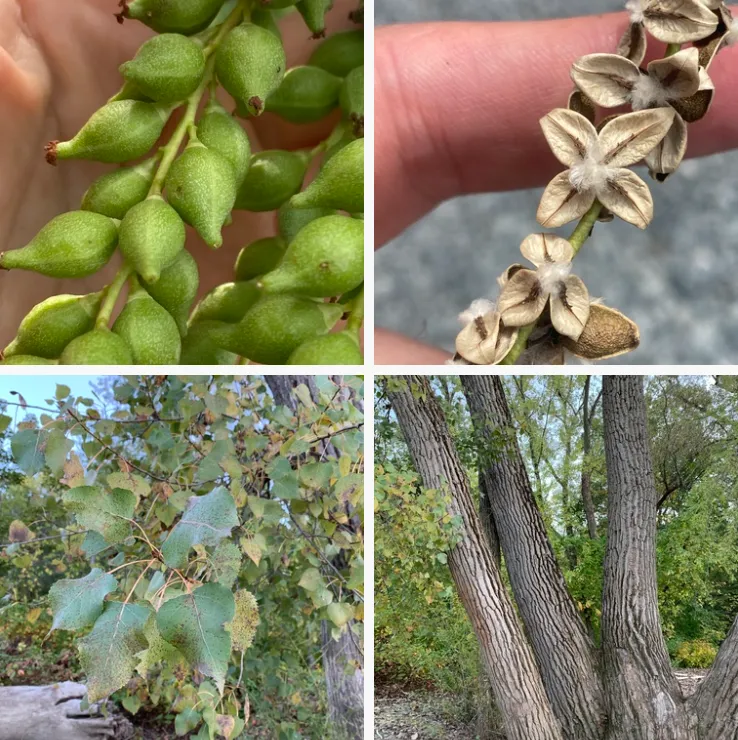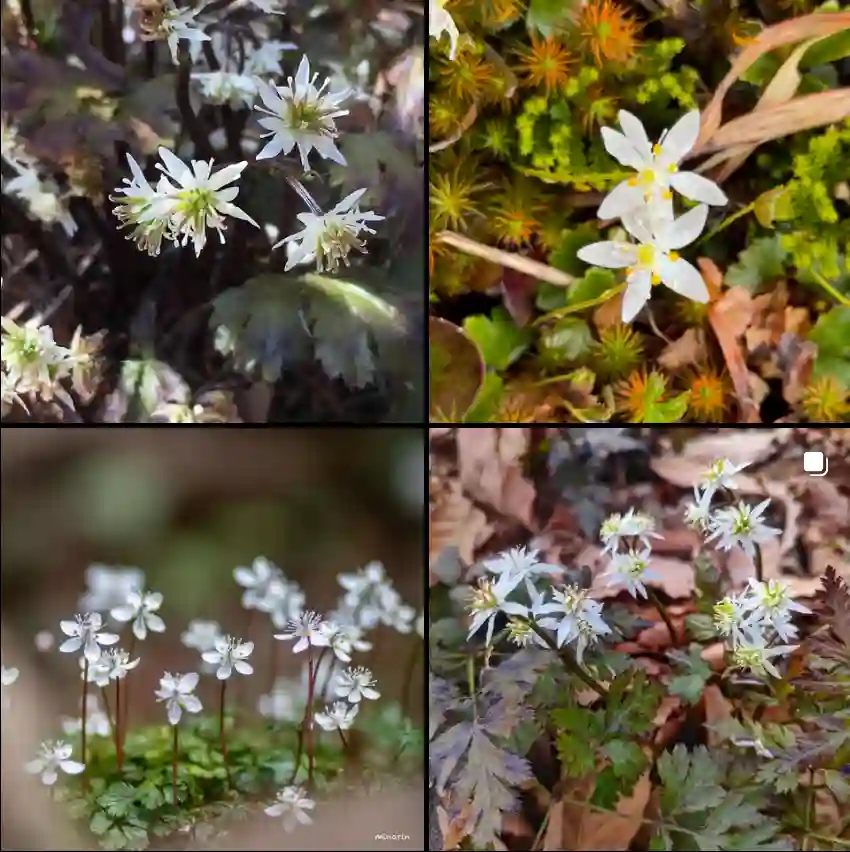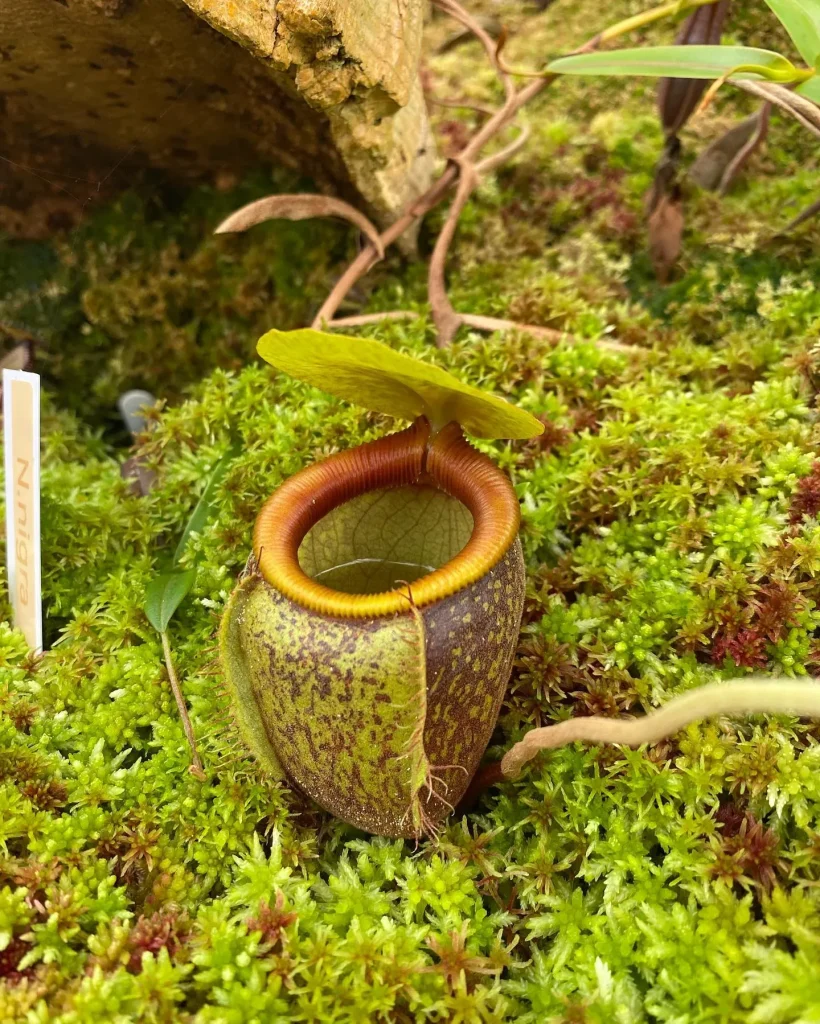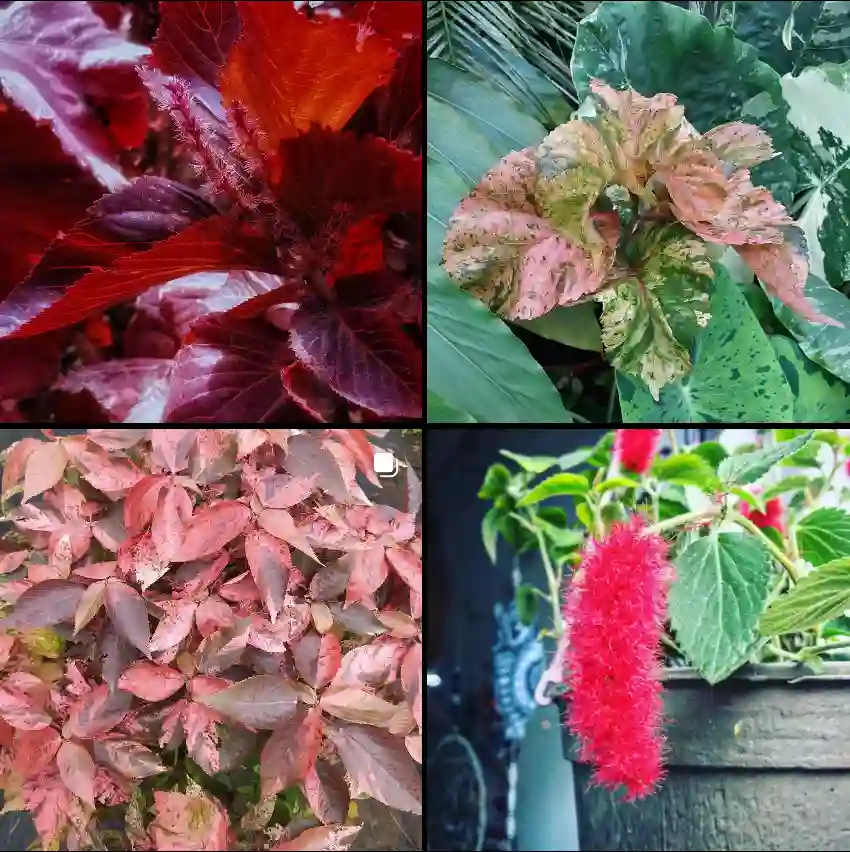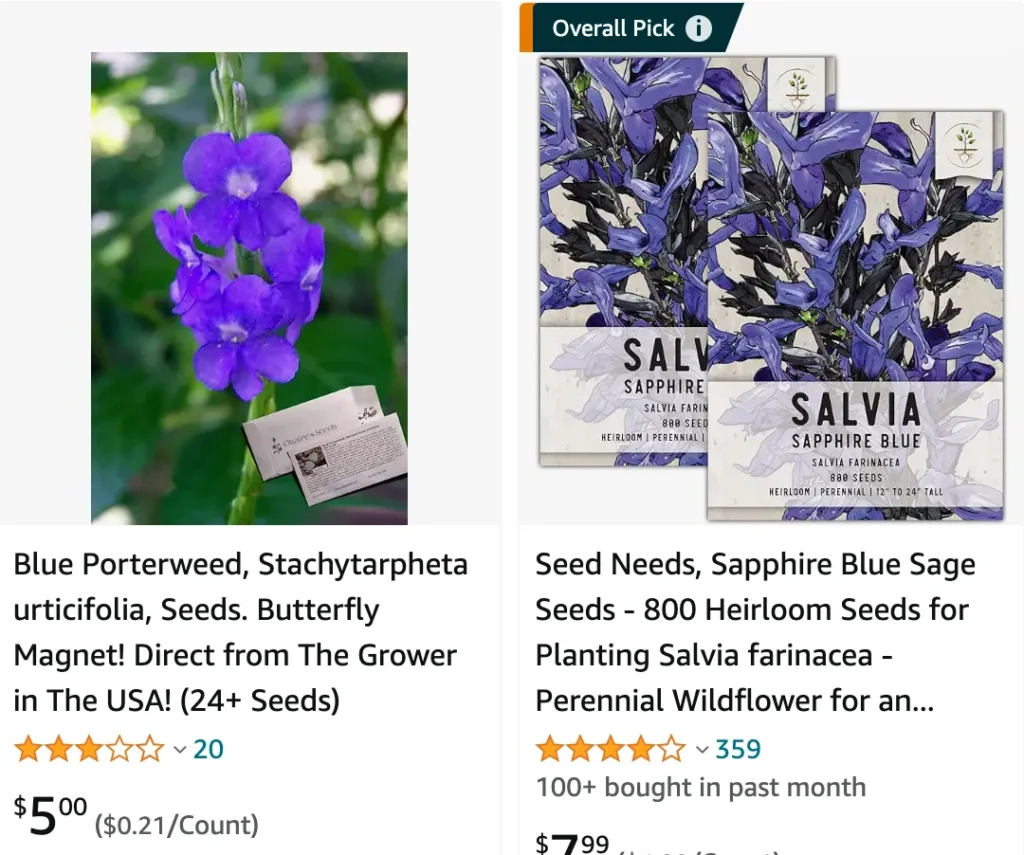
What is Stachytarpheta jamaicensis?
They call it by many names: blue porterweed, bastard vervain, even worryvine in St. Croix. But for me, it’s simply Stachytarpheta jamaicensis, a flowering wonder that’s become a staple in my Florida garden. It wasn’t love at first sight, though. This native Caribbean beauty initially caught my eye at a local nursery, its delicate blue blooms standing out amongst the sea of green. But then came the question: where would it fit?
I’ve grown both Stachytarpheta Jamaicensis and Stachytarpheta Cayennensis in my garden, and I find that Jamaicensis has a more vibrant blue color and is more resilient to our harsh sun compared to the Cayennensis, which tends to be a bit more delicate and has a softer, less striking shade of blue.
Can Stachytarpheta jamaicensis Tame My Fence?
Fences can be an eyesore, a stark barrier that detracts from the natural flow of a garden. Stachytarpheta jamaicensis, with its trailing habit and vibrant flowers, seemed like a potential solution. But would it be up to the task? The answer, I discovered, is a qualified yes.
Stachytarpheta jamaicensis thrives in full sun and well-drained soil, the same conditions most Florida fences bake in. Its trailing stems can reach up to three feet, effectively softening the fence line. However, it’s not a climber, so achieving complete coverage might require some creative planting.
Here’s my approach: I planted Stachytarpheta jamaicensis at the base of the fence, spacing them about two feet apart. As they grew, I gently coaxed their stems to sprawl horizontally along a wire trellis attached to the fence. The result? A cascade of blue blooms that not only hides the fence but also attracts a symphony of butterflies.
What to Pair with Stachytarpheta jamaicensis?
Stachytarpheta jamaicensis isn’t a solo act. To create a truly stunning display, consider companion planting. Here are some of my favorites:
- Goldenrods (Solidago spp.): Their sunny yellow blooms complement the Stachytarpheta jamaicensis’ blue beautifully, creating a cheerful and vibrant border.
- Pentas (Pentas lanceolata): These ever-blooming perennials come in a variety of colors, including pink, red, and white. Interplanting them with Stachytarpheta jamaicensis adds pops of color and extends the flowering season.
- Butterfly Milkweed (Asclepias tuberosa): This native wildflower not only attracts butterflies but also provides vital food for monarch caterpillars. Its vibrant orange flowers add a touch of the exotic to the mix.
Beyond the Fence: Unveiling Stachytarpheta jamaicensis’ Versatility
Stachytarpheta jamaicensis’ charm extends beyond fence duty. Here are a few other ways to incorporate it into your garden:
- Butterfly Garden: This low-maintenance plant is a butterfly magnet. Its fragrant flowers provide nectar, while the foliage serves as a host for some butterfly species.
- Containers: Stachytarpheta jamaicensis thrives in pots, making it a perfect choice for balconies, patios, or even windowsills. Just ensure the container has drainage holes and use a good quality potting mix.
- Groundcover: In areas with well-drained soil, Stachytarpheta jamaicensis can be used as a low-growing groundcover. Its trailing habit helps suppress weeds and adds a touch of color throughout the season.
Keeping the Show Going: How to Care for Stachytarpheta jamaicensis
Stachytarpheta jamaicensis is a relatively low-maintenance plant. Here are some simple tips to keep it thriving:
- Watering: Water regularly during the first growing season, especially during hot and dry periods. Once established, Stachytarpheta jamaicensis is fairly drought-tolerant.
- Feeding: An occasional application of a balanced fertilizer can encourage blooming. However, avoid over-fertilizing, as this can lead to leggy growth.
- Pruning: To maintain a bushy appearance and encourage new blooms, prune Stachytarpheta jamaicensis lightly after flowering. You can also trim errant stems throughout the season to keep it in check.
Sharing the Blue: Propagating Stachytarpheta jamaicensis
The beauty of Stachytarpheta jamaicensis is meant to be shared. Propagating this plant is a breeze:
- Seed: Stachytarpheta jamaicensis readily reproduces from seed. Sow seeds directly in the garden after the danger of frost has passed or start them indoors a few weeks earlier.
- Cuttings: Take stem cuttings several inches long in the spring or summer. Remove the lower leaves and plant them in a well-draining potting mix. Keep the soil moist and provide indirect sunlight. With a little patience, you’ll soon have new Stachytarpheta jamaicensis plants ready to grace your garden or share with friends.
Stachytarpheta jamaicensis has become a firm favorite in my garden. Its easy-going nature, vibrant blooms, and versatility make it a true asset. So, if you’re looking for a low-maintenance plant that adds a touch of the tropics to your outdoor space, give Stachytarpheta jamaicensis a try. You won’t be disappointed.
If i die, water my plants!
